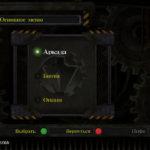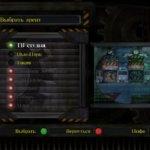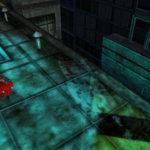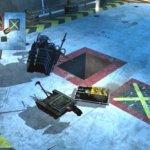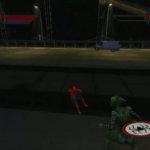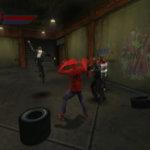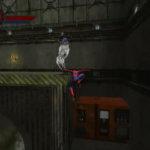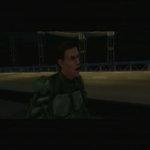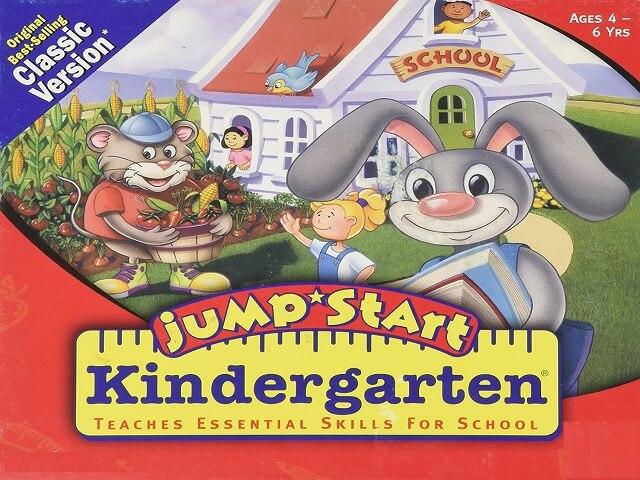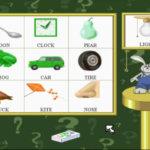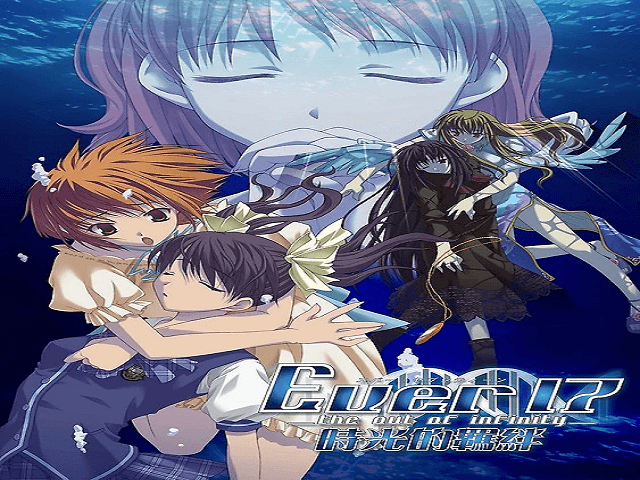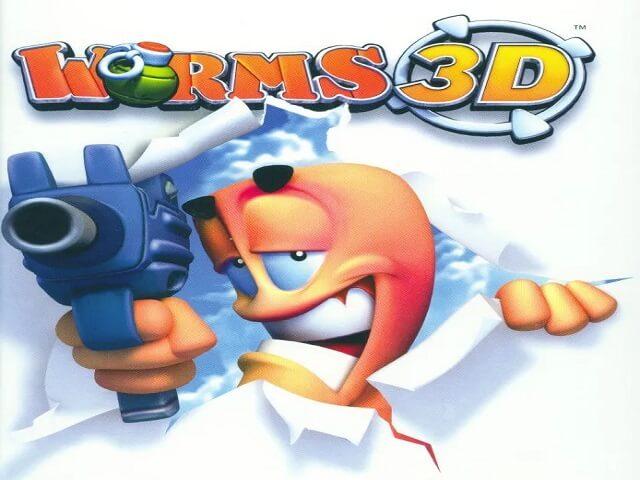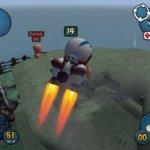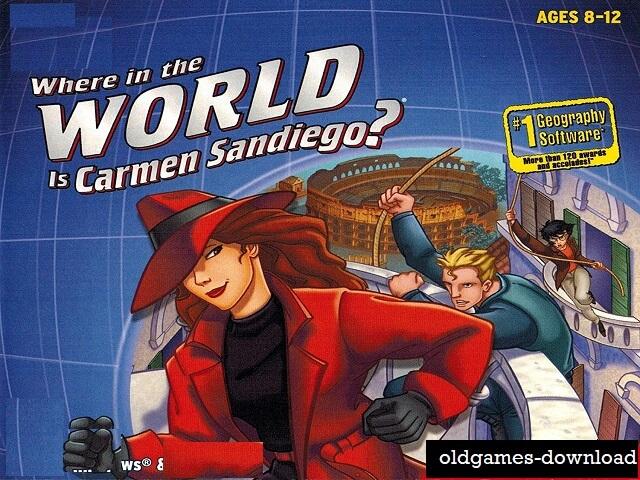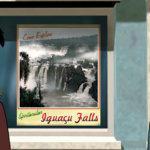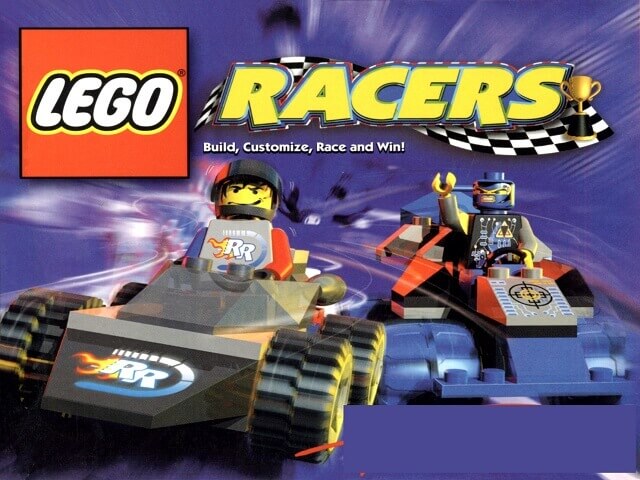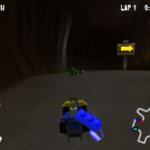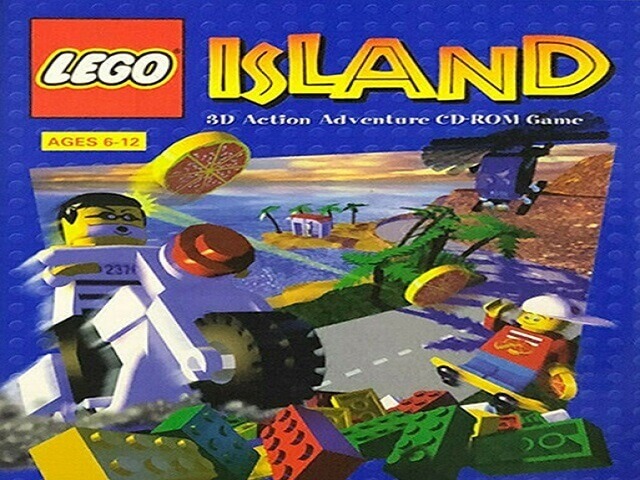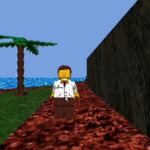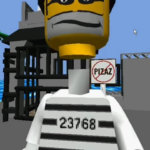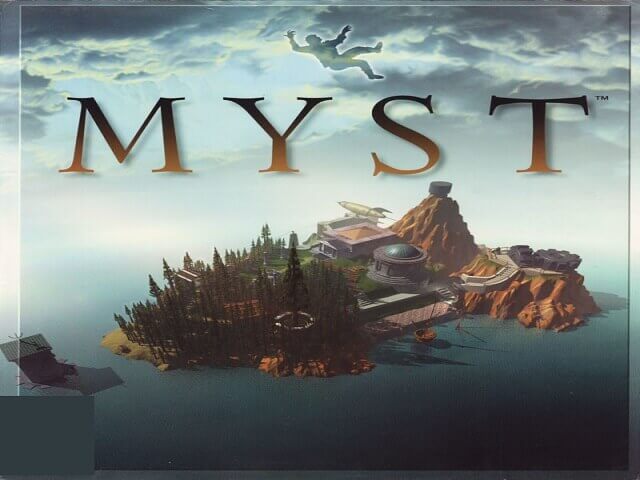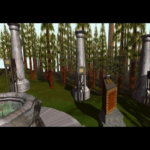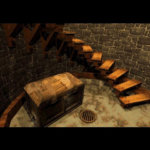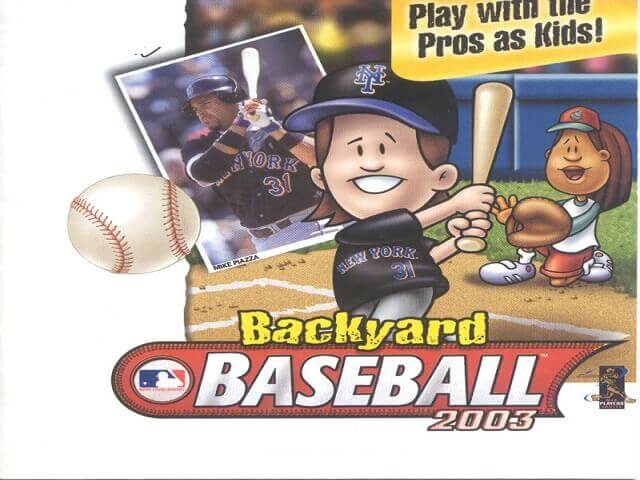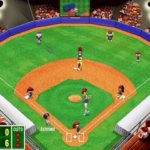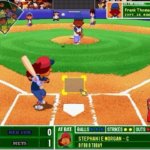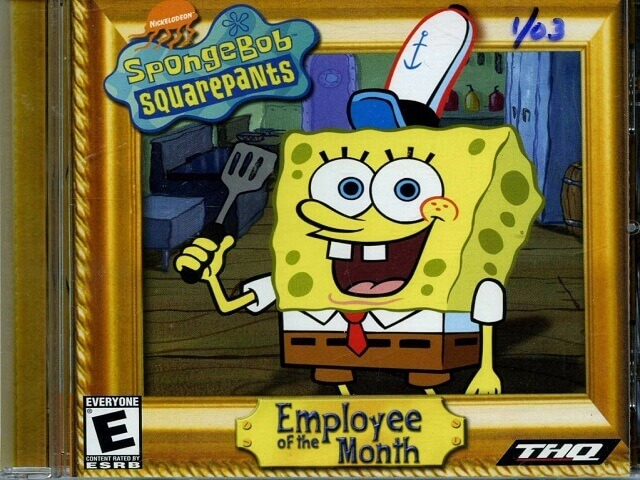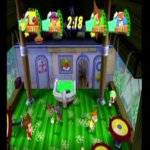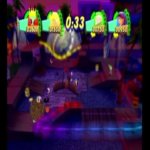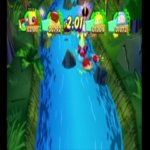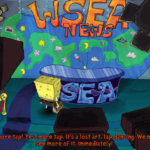Search results for: “2002”
-

Black & White
Game Description
Black & White is a god video game created by Lionhead Studios and released by Electronic Arts in 2001 for Microsoft Windows and Feral Interactive in 2002 for Mac OS. Black & White combines elements of strategy and artificial life. The player takes on the role of a god whose mission is to defeat Nemesis, another god who wishes to rule the world. The concept of good and evil is a central theme, with the atmosphere being influenced by the player’s moral choices. The interaction between the player and an avatar creature, who carries out the player’s instructions and whose personality and behavior change in response to how they are treated, is the core gameplay mechanic of Black & White. Multiplayer is available on a local network or online.
Peter Molyneux oversaw the three-year development of the highly anticipated game, which was originally intended to feature wizards rather than gods. Black & White was written from the ground up with the goal of keeping the main user interface free of icons, buttons, and panels. Versions for game consoles were in the works but were shelved.
When it was released, Black & White received universal acclaim; reviewers praised the artificial intelligence, uniqueness, and depth while criticizing the system requirements and bugs. Black & White won several awards, including the British Academy of Film and Television Arts and the Guinness World Record for the complexity of artificial intelligence, and sold over two million copies. Later re-reviews of black & white game found it to be overrated at the time, but it is still regarded as one of the greatest games of all time. There was an expansion, Black & White: Creature Isle, and a sequel, Black & White 2.
YEAR 2001 PLATFORM Windows RELEASED IN Belgium, Canada, Denmark, Finland, France, Germany, Italy, Netherlands, Norway, Poland, United Kingdom, United States (2001)
United States (2002)
United Kingdom (2004)
Germany (2013)GENRE Simulation, Strategy THEME City Building / Construction Simulation, Fantasy, Giant monsters, Prehistoric, Puzzle elements, RPG Elements, Real-Time PUBLISHER Electronic Arts, Inc., Sold Out Sales & Marketing Ltd., ak tronic Software & Services GmbH DEVELOPER Lionhead Studios Ltd. PERSPECTIVES Bird’s-eye view, Free-roaming camera [title] Gameplay
The player assumes the role of a god who rules over several islands inhabited by various tribes. The player interacts with the environment by using an animated on-screen hand to throw people and objects, tap houses to wake their occupants, cast miracles, and perform other actions. The story revolves around gold and silver scrolls. Gold scrolls start a significant event (including the main story), while silver scrolls start a minor task for a reward.
Almost every action (or lack thereof) influences how the player is perceived by their followers: the player may be viewed as a good god, an evil god, or somewhere in between. The alignment affects the land, interface (including the hand), and music. A good god’s temple is brightly colored, whereas an evil god’s temple is meant to be intimidating. It is not necessary to perform acts of either alignment on a consistent basis, and a combination of the two can be used to remain neutral. The player has two advisors, one good and one evil, who try to persuade him to act in accordance with his alignment.
Expanding the villages by constructing buildings and increasing the number of villagers is a critical task. Houses, the Village Centre (which displays the god who controls the village and the available miracles), and the Village Store (which stores resources and displays the villagers’ desires) are all important structures. After obtaining blueprints, buildings are built in the Workshop. Wonders are unique structures that provide a specific benefit. Villagers can be assigned to one of eight tribes, such as Norse, Celtic, or Japanese, each with its own Wonder. Villagers can be assigned to perform a specific task, such as fishing or starting a family.
The game is over if the Temple is destroyed. When attacked, Temples defend themselves by transferring damage to their god’s buildings and followers; only Temples whose god has no followers are vulnerable.
The Temple is surrounded by villagers’ worship sites, which generate the power required to perform miracles. To worship, villagers need to be fed, healed, or rested. The Village Centre controls how many villagers worship, and which miracles are available depending on the player’s villages. Miracles include the provision of food or wood, the healing of people, and the provision of shields to protect an area. Miracles can also be cast using Miracle Dispensers, which are commonly obtained as a reward for completing Silver Reward Scrolls. These enable the casting of a miracle without the need for worship. Miracles and most other actions can only be performed within the player’s area of influence, which can be expanded by increasing the population of villages owned or by taking over others. Miracles can be chosen at the Temple or Village Centre, or by making certain Hand gestures. Sacrificing living beings at the altar can also produce power.
A level’s overall goal is to gain control of every village on an island by performing acts that persuade the villagers to believe in the player. Villagers can be swayed by anything from daily task assistance to being terrorized by fireballs and lightning storms. Villagers can be impressed with artifacts (special objects that glow in their owner’s color) and missionary disciples. The repeated attempts to impress the villagers bore them. For example, if boulders fly too frequently overhead, their effect is diminished. This forces the player to employ a variety of methods in order to convert a village.
The game includes a skirmish mode in which other gods compete for control of an island, a multiplayer mode via LAN or online service, and The God’s Playground, where gameplay aspects can be practiced. Deathmatch and cooperative modes are available in multiplayer mode. Players share a creature in cooperative mode. Black & White includes a feature that allows you to import real-world weather.
Creature
The interaction between the player and an avatar-like creature is a key feature of Black & White. Three are available to choose from right away, and others can be obtained by completing Silver Reward Scrolls. At certain points in the game, the currently-owned creature can be replaced with a new one. The creature begins small and grows in size as the game progresses. Each has advantages and disadvantages: apes are intelligent and skilled at learning but lack strength; tigers are strong but slow to learn.
As a god, the player can train their creature to do things like stock the village store or perform miracles. The creature is taught what to eat and when to eat it, as well as how to attack and impress enemy villages. Fighting skills can be taught through one-on-one battles with other creatures, as for attack and defense abilities. A reinforcement learning system is used for teaching: if the creature does something the player does not want, it can be discouraged with a slap. If the player approves of something the creature does, it can be stroked. The creature remembers how it reacted to various actions and gradually changes its behavior in response. It can perform complex functions that allow it to serve as the player’s avatar with time and repetition. Three different types of leashes are used to direct the creature to a specific location and can be tied to a building to restrict movement. The creature is encouraged to pay attention when actions are demonstrated by one leash, while the others encourage either benevolent or malevolent behavior. By providing visual feedback, the game reinforces the creature’s choices and learning, and the creature has an alignment distinct from the player’s. Evil wolves have glowing eyes and large fangs and claws, while good wolves turn purple and glow gently.
To simulate creatures’ learning and decision-making processes, Lionhead Studios used Michael Bratman’s belief-desire–intention model. A creature’s intention is formed by combining desires, opinions, and beliefs. Beliefs are assigned to lists that contain information about various world objects. Desires are goals that the creature wishes to achieve and are expressed as simplified perceptrons. Opinions use decision trees to describe ways to satisfy a desire. The creature chooses the belief with the best opinion for each desire, forming an intention or goal.
Download [title]
We might have the game available for more than one platform. [title] game download is currently available on these platforms:
Windows (2001)
How to play Black & White Windows
The unofficial patch fixes the following:
- Fixed game not running on Windows 7, 8, 10 due to Safedisc DRM.
- Fixed game crashing at resolutions higher than 1080p or on high DPI displays.
- Fixed low-resolution textures and landscapes on PCs with high video memory.
- Unlocks all creatures, including the never released rhino.
- Fixed addons such as football addon not activating once installed.
- Fixed windowed mode.
- You can now skip the tutorial on a fresh install of the game.
[title] Screenshots
Windows
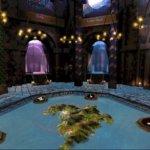
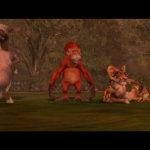
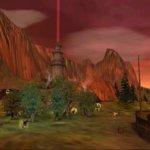
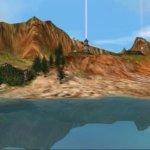
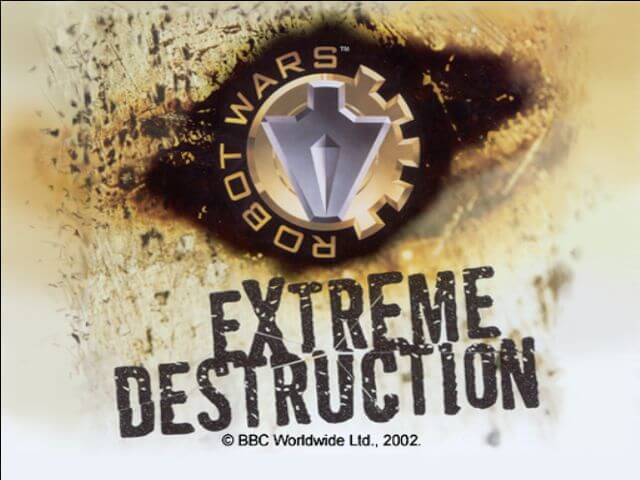
Robot Wars: Extreme Destruction
Game Description
Robot Wars: Extreme Destruction is an action game developed by Climax Development and published in 2002 for the Game Boy Advance, Microsoft Windows, and Xbox by BBC Multimedia under their game development label Gamezlab. It was released in the run-up to Christmas to capitalize on the success of the previous three games, which had sold over 250,000 copies.
In 2002, Warthog Games released a separate version of Robot Wars: Extreme Destruction for the Game Boy Advance, which was also published by BBC Multimedia under the Gamezlab label. Despite sharing the same name, the gameplay, arenas, and available robots were vastly different between the two versions.
| Publishers | Gamezlab |
| Developers | Warthog Game, Climax Development |
| Release date | 2002 |
| Genre | Action |
[title] Gameplay
The player controls a radio-controlled robot that competes with other robots to win.
The main game mode in the PC and Xbox versions is Competition mode. In this mode, the player must either build or purchase a robot and compete in a variety of tournaments. The player earns more money and unlocks new components, robots, and arenas by winning these tournaments. There are eight stages in total, each with a different number of tournaments. After completing all eight stages, the player enters the Final Battle, which is an endurance battle against various real-life competitor robots and one House robot who enters the arena last.
There are seventeen playable real-life competitor robots from the Robot Wars televised show, including series champions Chaos 2, Panic Attack, Razer, and Tornado. There are also forty additional original robots.
To unlock new robots in the Robot Wars Extreme Destruction Advance version, the player must compete in various events. Every event offers the option of selecting bronze, silver, or gold, depending on the level of difficulty preferred by the player. At first, only the bronze level is available; silver and gold must be unlocked later. In each difficulty level, specific robots are fought. Tournament mode, in which the player must win four one-on-one battles, Mayhem, in which the player must win a four-way melee, Bash N’ Dash, in which the player must survive against three opponents who are teamed up against the player, and Gauntlet mode, in which the player must complete tasks within a time limit, were among the events. There are seventeen playable real-life robots in this version, sixteen of which must be defeated in order to be unlocked, and no original robots.
Craig Charles does not appear in either game, despite the fact that he has been the series’ presenter since its second season, but the commentator, Jonathan Pearce, provides commentary on battle statistics, arena information, and a description of the robots competing in the PC and Xbox. Despite the lack of commentary in the Game Boy Advance version, Jonathan Pearce can be heard shouting “3… 2… 1… Activate!” at the start of each match and “Cease!” at the end.
Download [title]
We might have the game available for more than one platform. Robot Wars: Extreme Destruction is currently available on these platforms:
Windows (2002)
How to play on Windows (have to install)
- Download and Extract Robot_Wars_Extreme_Destruction_Win_ISO_EN.7z
- Open the “Game Files” folder and mount OGD.RWED.iso
- Run setup.exe and follow on-screen instructions to install Robot Wars Extreme Destruction
- Once installed, download Robot_Wars_Extreme_Destruction_NoCD_v1.00_Win_EN (see additional files below) and copy-paste rw3.exe into the game installation directory. Confirm you want to replace the files in the destination
- Play Robot Wars Extreme Destruction
How to play on Windows (Preinstalled version in Russian)
- Download and Extract Robot_Wars_Extreme_Destruction_Win_Files_RU.7z
- Open the “Game Files” folder and run “rw3.exe”
- Play Robot Wars: Extreme Destruction
[title] Screenshots
Windows
